
Archaeological excavation site at the Dai Cung Mon (in front is the Thai Hoa Palace)
The Great Palace Gate is the main gate of the Forbidden City, built during the reign of Emperor Minh Mạng. The Great Palace Gate is located on the sacred axis of the Hue Imperial City, with the Thái Hòa Palace to the south, the ceremonial courtyard to the north, and then the Cần Chánh Palace. This structure was destroyed in 1947, leaving only the foundations.
The Ministry of Culture, Sports and Tourism has authorized the Hue Imperial City Relics Conservation Center and the National History Museum to conduct archaeological excavations at the Dai Cung Mon site, covering an area of 60 square meters.
According to observations at the site on April 10th, on the current foundation of the Great Palace Gate (with an area of approximately 23m x 12m), the specialized unit has opened many excavation pits at different angles, some pits being more than 1m - 1.2m deep.
Stratigraphic surveys and the collection of artifacts and traces at the archaeological site are underway. It is expected that the archaeological work at the site will be completed in about a week.
According to Mr. Nguyen Ngoc Chat, Deputy Head of the Research and Collection Department at the National Museum of History, the number of excavation pits is higher than initially planned due to the actual situation.
However, the archaeological excavation area is basically about 60 square meters. There are some larger pits, which are exploratory excavations. These exploratory excavations are to gather more scientific information about the scale and structure of the ancient Dai Cung Mon (Great Palace Gate), in order to aid in restoration and preservation work.
There are areas that have been damaged, and locations that were not previously planned for need to be re-examined, such as the southeastern corner (which no longer exists) or the northeastern corner of the historical site…
"The artifacts recovered during the archaeological excavation at the Dai Cung Mon site are not numerous, due to previous disturbances, especially after 1947 when much of the structure was destroyed. The archaeological work at Dai Cung Mon is expected to be completed by April 17th," Mr. Nguyen Ngoc Chat informed.
The Grand Palace Gate is a structure of great cultural, historical, and artistic value to the Forbidden City area in particular and the Hue Imperial Citadel complex in general. The Grand Palace Gate has five bays and three entrances, with the central entrance reserved for the emperor.
This structure is exquisitely crafted; the front (facing the Thai Hoa Palace) is made entirely of wood, painted in red and gold, with decorative panels depicting classical themes interspersed with poetry and literature.

Officials from the National History Museum are carrying out their work at the archaeological excavation site.
The back of the Great Palace Gate has two tiled corridors connecting to the Left and Right Pavilions. At the end of 2024, the People's Council of Thua Thien Hue province (now Hue city) passed Resolution No. 91 approving the investment plan for the "Restoration of the Great Palace Gate" project. The project will be implemented over four years, with a budget of nearly 65 billion VND from the local government.
The restoration and renovation of the structures plays a crucial and significant role in the complete restoration of the architectural appearance of the Hue Imperial Citadel. At the same time, it contributes to effectively promoting the heritage value and exploiting tourism, educational, and research services.
Mr. Hoang Viet Trung, Director of the Hue Imperial Citadel Relics Conservation Center, said that the unit is currently carrying out the necessary procedures to implement the restoration project of the Great Palace Gate. They are striving to launch the project in 2025.
According to the approved plan, the project will focus on items such as restoring the foundation of the building with brickwork and stone column bases; preventing dampness and termite infestation in the foundation, installing a termite control system, and restoring the foundation; paving steps with stone slabs; and constructing walls with brickwork, plastered with traditional mortar and colored plaster.
The main part of the Grand Gate was restored with a wooden frame structure, roof, wooden walls, connecting beams, and doors made of Group II wood. The components were carved with patterns and painted with gold leaf; the wooden components were preserved to protect against moisture and termites.
The roof is covered with recessed Hoàng Lưu Ly tiles, the eaves are restored, the gable ends are inlaid with ceramic patterns and restored enamelwork, and the ridge and ridge edges are decorated with enamel animal figures.
The sections where the two side corridors meet the roofs are treated with waterproofing; the purlins, rafters, and roof tiles of the two corridors are restored and connected to the gable walls of the Grand Palace Gate.
At the same time, the project will also renovate and restore the front and back courtyards, the railing system and the screen behind the Grand Palace Gate; as well as enhance the building's lighting system and interior and exterior artistic lighting…
Source: https://baovanhoa.vn/van-hoa/lam-ro-quy-mo-ket-cau-de-phuc-hoi-dai-cung-mon-127708.html








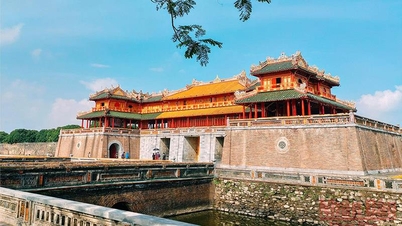

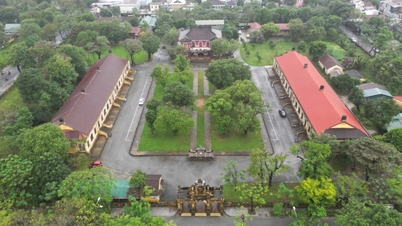

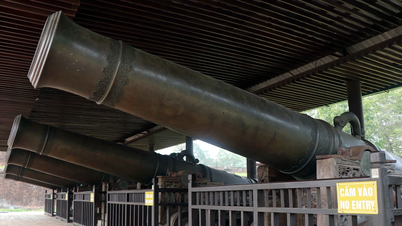

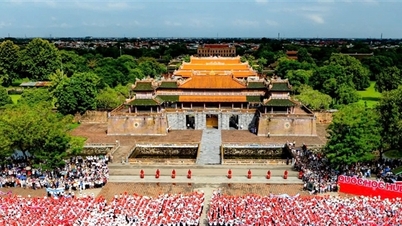

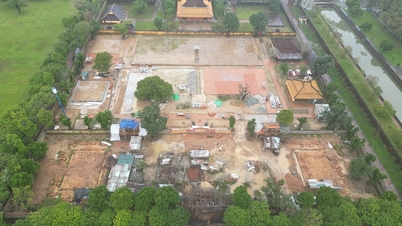
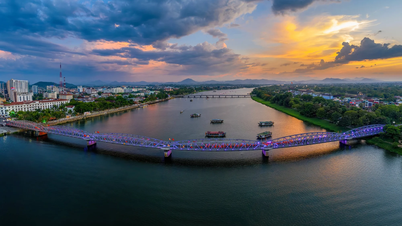

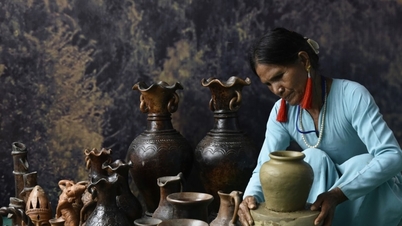





![[Video] The craft of making Dong Ho folk paintings has been inscribed by UNESCO on the List of Crafts in Need of Urgent Safeguarding.](https://vphoto.vietnam.vn/thumb/402x226/vietnam/resource/IMAGE/2025/12/10/1765350246533_tranh-dong-ho-734-jpg.webp)
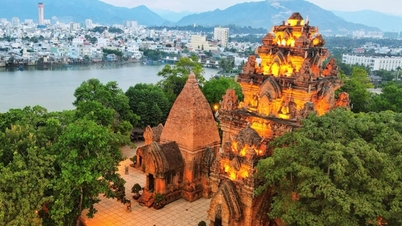





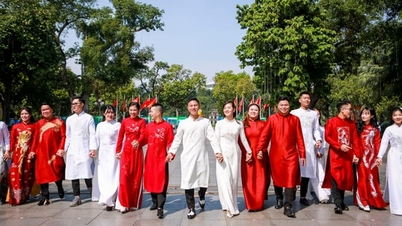



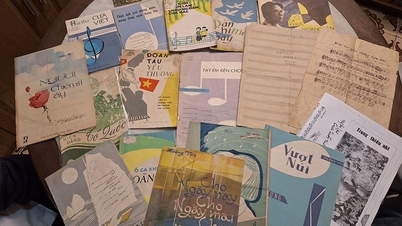

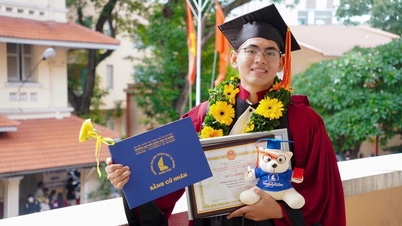

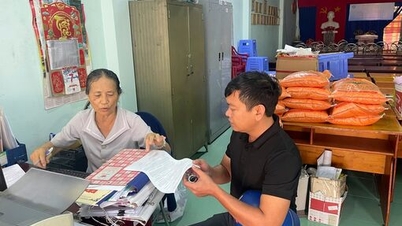

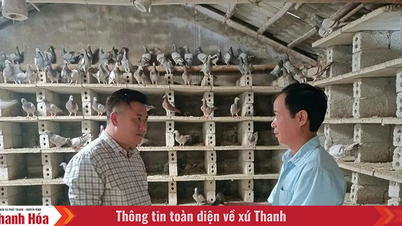



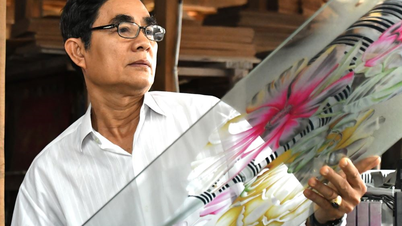


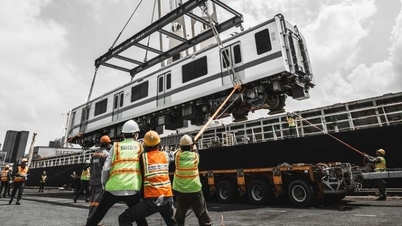
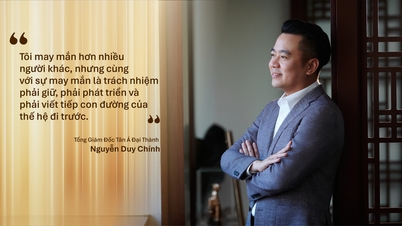











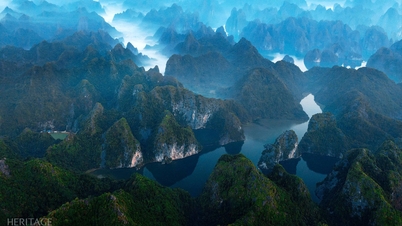

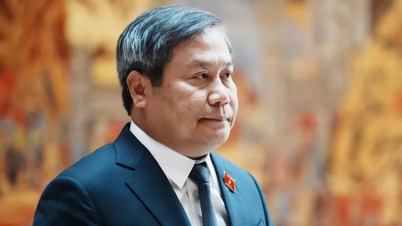

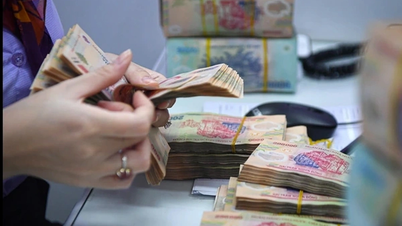


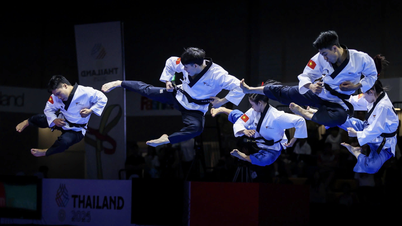
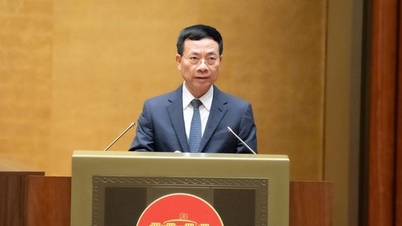




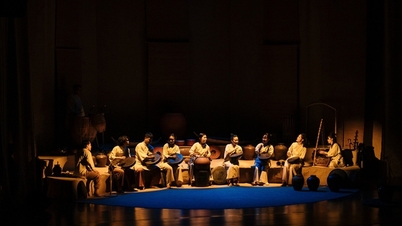





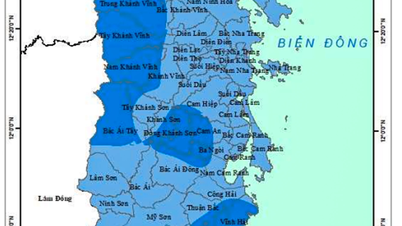




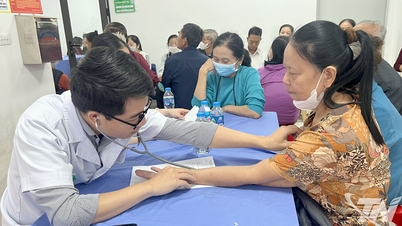





















Comment (0)